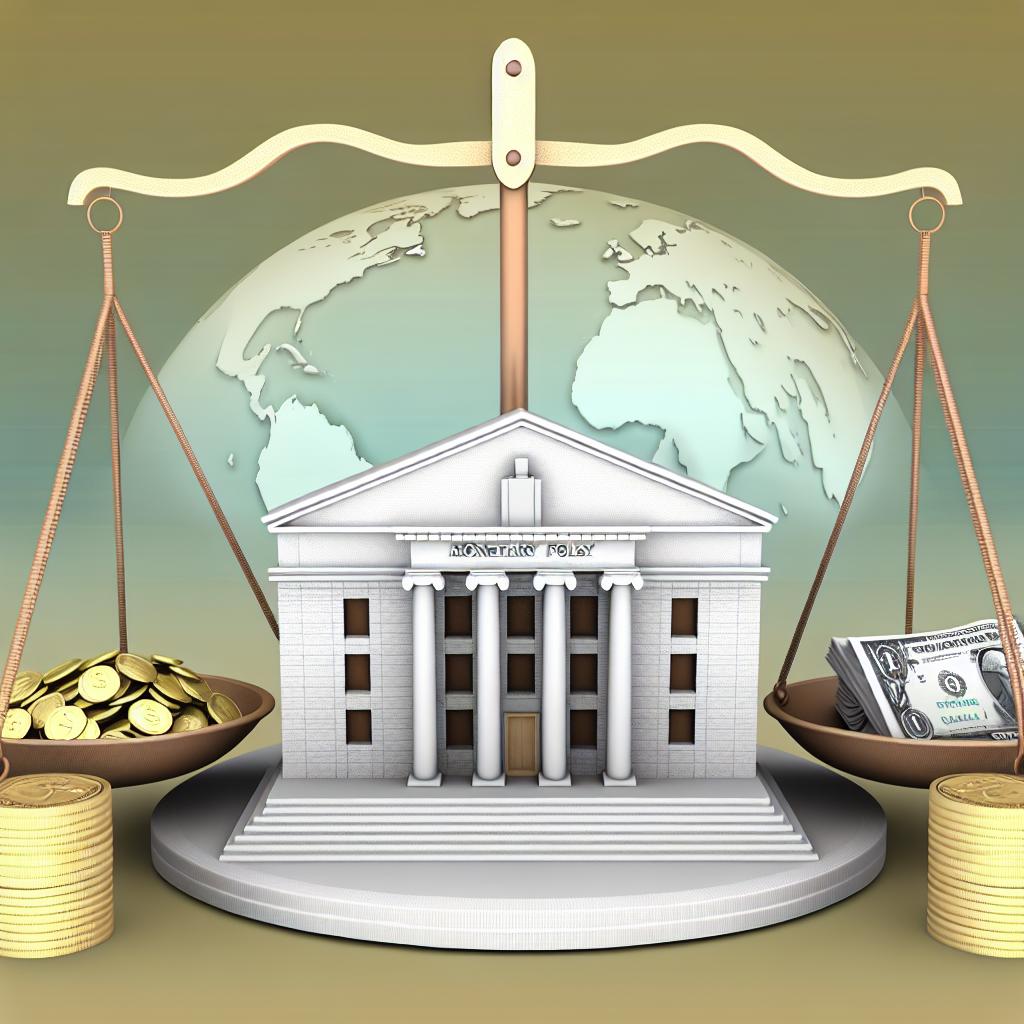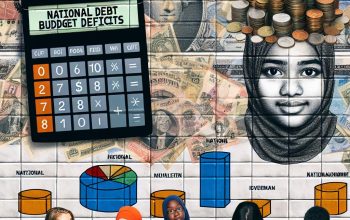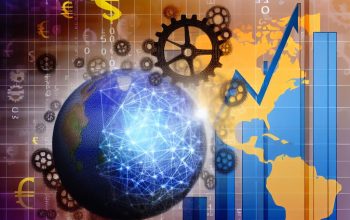Understanding Monetary Policy
Monetary policy remains an indispensable instrument for central banks worldwide, wielded to control a nation’s money supply and thereby guide macroeconomic objectives such as maintaining inflation rates, fostering consumption, overseeing economic growth, and ensuring liquidity. Through managing the cost and availability of money, central banks aim to navigate the economy towards security and sustainable growth.
The Role of Central Banks
Central banks are pivotal in implementing monetary policy. They leverage an array of instruments designed to modify the money supply and impact interest rates. Central banks such as the Federal Reserve in the United States, the European Central Bank, and the Bank of England are among the most recognized. Unlike other governmental branches, these institutions operate autonomously from their respective national governments, allowing them to tailor monetary policy based on the economic conditions impacting their country or region.
Objectives of Monetary Policy
Monetary policy is instrumental in targeting several core objectives crucial for maintaining balanced economic health.
Price stability stands as a primary goal. By keeping inflation in check, monetary policy ensures that consumer purchasing power remains stable over time, preventing the erosion of value that can accompany significant inflationary shifts.
The notion of full employment is another focal area. Central banks aim to nurture an environment in which the natural rates of employment can be achieved. This means aligning unemployment levels with the manner and frequency in which people are seeking jobs, thereby establishing a more efficient and responsive job market.
Another significant objective is economic growth. Continuity in economic expansion is crucial to improving societal welfare over time. A consistent and controlled pace of growth supports increased living standards for citizens, reflecting positively on the collective economic vigor of a country.
Additionally, monetary policy endeavors to maintain a stable currency. Preventing excess volatility in exchange rates facilitates more effective international trade and investment, strengthening the country’s global economic interactions.
Mechanisms of Monetary Policy
Central banks utilize several mechanisms to assert influence over the economic structure, each with its own set of approaches and intended outcomes.
Interest Rate Adjustments
Adjusting interest rates is one of the most direct methods of monetary policy. By altering the key policy rates, central banks impact the cost of borrowing. Lower interest rates reduce the cost of borrowing, spurring spending and investment. This can be particularly useful in stimulating economic activity during low-growth periods. On the contrary, raising interest rates elevates borrowing costs, which helps take the steam out of overheating economies and control inflationary pressures.
Open Market Operations
Engagement in open market operations is another critical tool. This involves the buying or selling of government securities in the market. Should a central bank opt to purchase securities, it injects liquidity into the market, boosting the economy’s money supply. Conversely, selling securities withdraws liquidity, thereby constraining the money supply and exerting tightening measures on the monetary policy.
Reserve Requirements
Through the mechanism of reserve requirements, central banks can modulate how much money banks must keep in reserve and how much they can lend out. Adjusting these requirements effectively influences overall lending capacity; lowering reserve requirements enhances lending capabilities, augmenting the money supply, whereas increasing these requirements curtail lending, effectively reducing the money supply.
Quantitative Easing
In circumstances where conventional monetary policies fall short, quantitative easing (QE) can be deployed. This non-traditional tactic involves conducting large-scale purchases of financial assets by the central bank to decrease interest rates and expand the money supply. QE is typically reserved for exceptional economic scenarios, such as the aftermath of significant financial crises, where traditional measures no longer suffice.
The Balance of Risks
Monetary policy, while potent, is not devoid of potential pitfalls. Central banks frequently face the delicate task of balancing the need to stimulate economic growth against the necessity of controlling inflation. Extreme or abrupt policy changes can incite economic instability, emphasizing the importance of cautious, well-informed decision-making supported by accurate economic forecasts and thorough analysis.
In the quest to further comprehend the intricacies of monetary policy, individuals can explore extensive resources available through academic and economic research institutions. These resources provide in-depth financial literature and expert analyses, indispensable for a nuanced understanding of monetary policy and its broader economic impacts.
This article was last updated on: March 24, 2025




